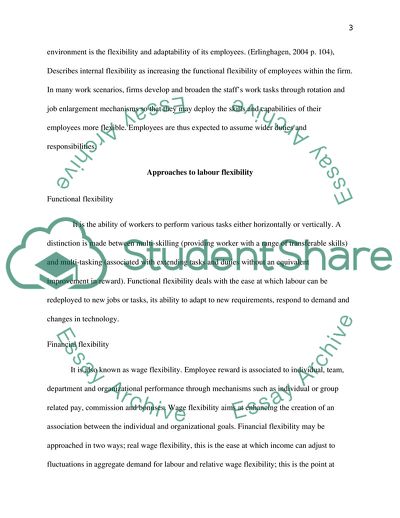Cite this document
(Do workers benefit from the use of flexible working practices Essay, n.d.)
Do workers benefit from the use of flexible working practices Essay. https://studentshare.org/human-resources/1817813-do-workers-benefit-from-the-use-of-flexible-working-practices
Do workers benefit from the use of flexible working practices Essay. https://studentshare.org/human-resources/1817813-do-workers-benefit-from-the-use-of-flexible-working-practices
(Do Workers Benefit from the Use of Flexible Working Practices Essay)
Do Workers Benefit from the Use of Flexible Working Practices Essay. https://studentshare.org/human-resources/1817813-do-workers-benefit-from-the-use-of-flexible-working-practices.
Do Workers Benefit from the Use of Flexible Working Practices Essay. https://studentshare.org/human-resources/1817813-do-workers-benefit-from-the-use-of-flexible-working-practices.
“Do Workers Benefit from the Use of Flexible Working Practices Essay”. https://studentshare.org/human-resources/1817813-do-workers-benefit-from-the-use-of-flexible-working-practices.


